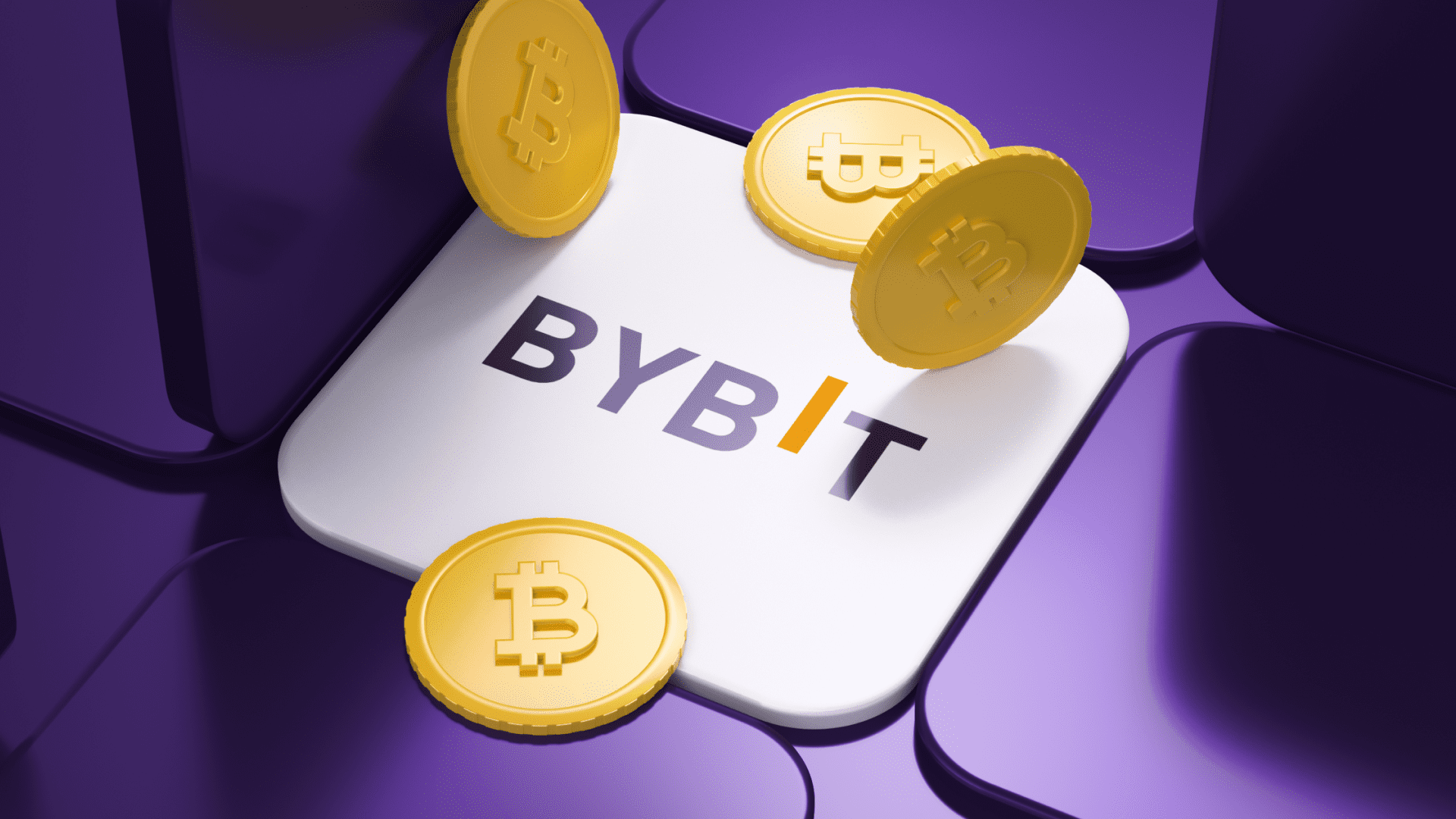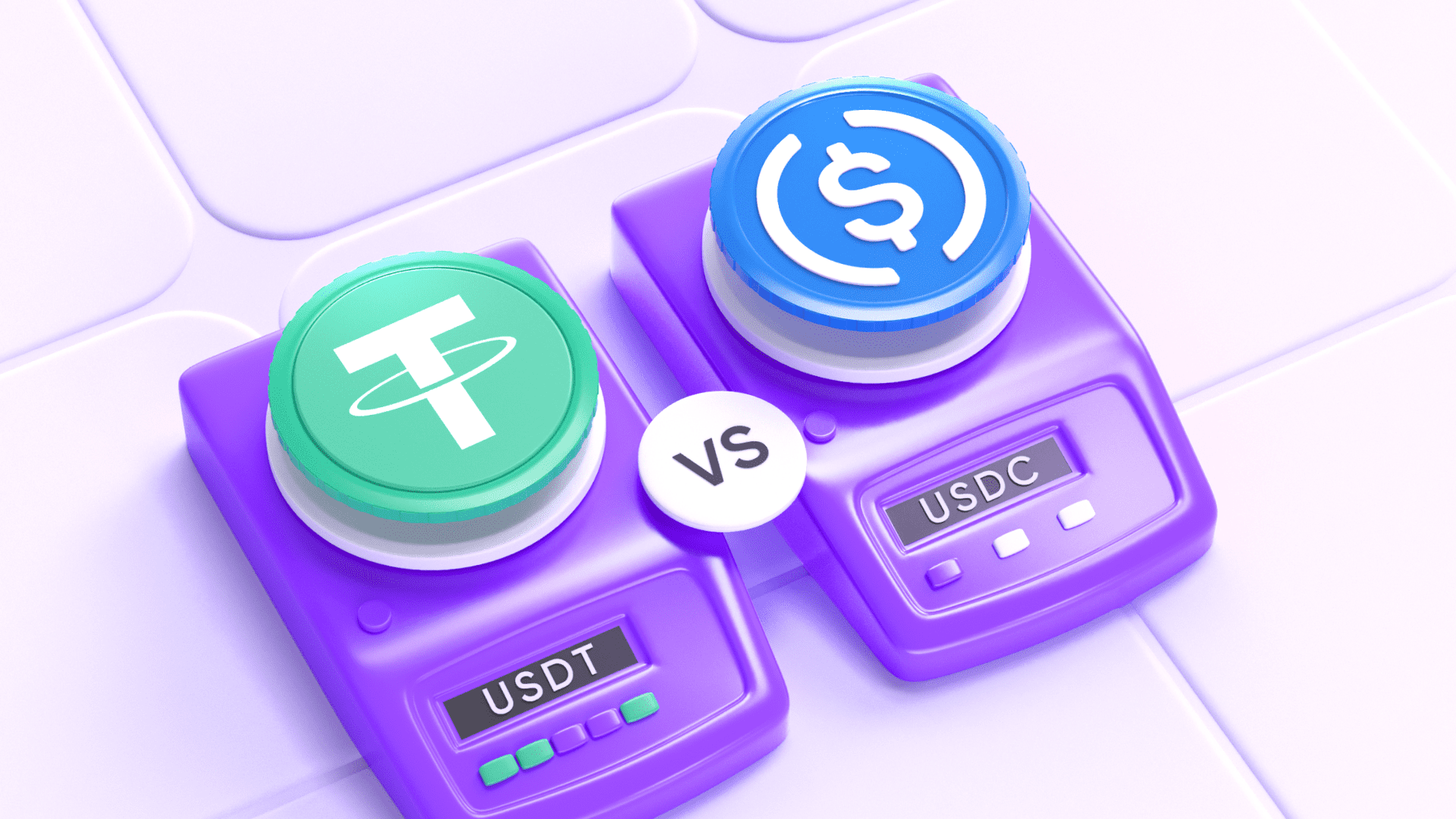
If you have ever encountered crypto trading, the term P2P should be familiar to you. For experienced traders, this is an opportunity to buy cryptocurrency on the most favorable terms but for newcomers to crypto investments, the peer-to-peer crypto market may seem like terra incognita. Let’s dispel doubts and learn more about the principles of P2P crypto trading.
How did it all start
The roots of P2P grow from the need to exchange cryptocurrencies without intermediaries. A standard spot purchase requires both parties to the transaction to be mediated by a third party that is the same exchange or broker. There is also an intermediary in P2P operations – this is either an exchange or a cryptocurrency exchanger, a marketplace, name it. But the whole operation is performed automatically, through the use of special software. The peer-to-peer market approach allows not only to speed up the transaction but also makes it available to a large number of cryptocurrency holders.
The second reason for the explosion of interest inP2P trading cryptocurrency was the ban on such transactions in China. As one of the largest markets, China found itself in a lose-lose situation in 2017, when the authorities officially banned cryptocurrency transactions. The P2P model has become a way out of the situation.
Since then, the peer-to-peer cryptocurrency market has been growing exponentially, and on the largest exchange Binance alone in 2020, the turnover of cryptocurrencies under the P2P scheme amounted to a record $4.2 billion in 2020.
The Essence of P2P Trading: How Does It Differ from Other Exchange Models
The roots of the P2P principle itself grow from computer technology, where such an abbreviation denoted peer-to-peer networks (a vivid example is torrent networks). In the terms of trading, this term began to be called a direct sale between two equal participants in an exchange or marketplace. There are no intermediaries in P2P, which means that you do not have to pay an additional commission for arbitration and intermediary services to a third party.
You can conduct P2P in cryptocurrencies on different platforms. For this method are the following options available:
- P2P sales platforms on cryptocurrency exchanges. Major exchanges offer a separate P2P mode of operation for those who are not comfortable with spot trading.
- Cryptocurrency exchangers working online, that are the websites where you can quickly exchange crypto for other coins, tokens, fiat money.
- Marketplaces where you can place a private announcement about the sale of cryptocurrencies or an offer to buy.
- Chat bots and instant messengers for direct selling. The very functionality of this software acts as an arbitrator when concluding a deal.
Of course, all these options have different ratings, various volume of transactions, reliability. Monetory contains the most reliable and liquid offers from P2P crypto exchange providers. Therefore, if indicators of reliability and customer trust are important to you, contact the resource for help and choose the best option for concluding a deal.
If we compare spot trading and P2P, then the difference lies primarily in the approach and basis. For selling cryptocurrency peer-to-peer, it is important to define the settlement method. For OTC, the main thing is to fix the price. The ability to negotiate a price is also among the differences between P2P – you are not required to carry out a currency exchange purely at a fixed rate, you can discuss it with a counter party.
Pros and Cons of P2P Trading
At first glance, it seems that P2P, as a method, is simply made up of solid virtues. But this, of course, is not so.
The advantages of P2P operations with cryptocurrencies include:
- Reliability. Often, P2P platforms are more reliable than conventional cryptocurrency exchanges.
- Decentralization. P2P does not have a single regulator of operations, all responsibility lies with the participants in the transaction. There are both platforms that conduct such a settlement procedure on the main exchange sites, where there are alternative markets, but there are also completely decentralized platforms, for example, the Bisq application.
- Anonymity. Not all cryptocurrency holders want to advertise their data, and when working directly with a counter party, this is quite realistic.
- No or fewer commissions, including hidden fees.
- The speed of operations. It is enough to agree on the details and fulfill the conditions in order to get the number of Bitcoins or dollars you need.
As for the disadvantages of P2P buying cryptocurrency, they should not be discounted either:
- Working on the principle of P2P is not always easy. Trading pros can easily conduct such transactions, but for beginners, choosing a reliable offer with high profitability is not so easy.
- Risks. Due to the lack of arbitrage and control, there are enough fraudulent schemes among P2P transactions. Of course, today large sites necessarily conduct a KYC policy, but it’s still worth remembering the risks.
P2P Exchange Process: How Does It Work
To put it simply, P2P is in many ways similar to buying online on a marketplace. For example, if you want to buy 1 BTC, then you go to a P2P exchange or a cryptocurrency exchanger, look at the rate and choose the most suitable offer. Next, you agree on payment methods with the counter party. By the way, the direct offline exchange is also possible in P2P methods, which is also convenient. Due to the software of the platform for the conclusion of the transaction, everything happens quickly. And if you consider that lately responsible P2P providers have taken care of security, then the risks are minimized.
Earn With P2P? It’s Quite Real!
Besides the direct benefit from P2P exchange operations, this is also an opportunity to earn money.
- Reselling currencies when buying at a lower rate aka arbitrage. You analyze offers for the sale of the same LTC, find a profitable one for you, and buy coins. Then watch the offers to buy and sell to the highest bidder.
- Cryptocurrency exchange. If you have a certain amount of assets, you can simply earn on the exchange, like all other online exchangers.
- Affiliate programs are another way to make money on P2P exchanges. Attract new members with your referral links and make a profit.
Security and Anti-Fraud Policy
One of the cornerstones of P2P trading is the matter of safety. Due to the lack of control of the supervisory body, the risks of fraud in P2P are high. To reduce them, exchanges and providers offer the following solutions:
- KYC policy – that is, verification of participants before admission to trading.
- The work of the support service is the basis for resolving disputes on the platform.
- Introduction of counter party ratings and user reviews.
- Multi-factor user authentication.
All of them help reduce the risk of fraud, which means your direct financial losses.
Working according to the P2P scheme in the exchange of cryptocurrencies opens up a lot of opportunities. This is the lack of binding to prices, and the possibility of direct offline exchange, and work without intermediaries. Despite the obvious drawbacks, such as low liquidity, the need for additional security measures, the difficulty for newcomers, P2P sales are actively conquering the world.






